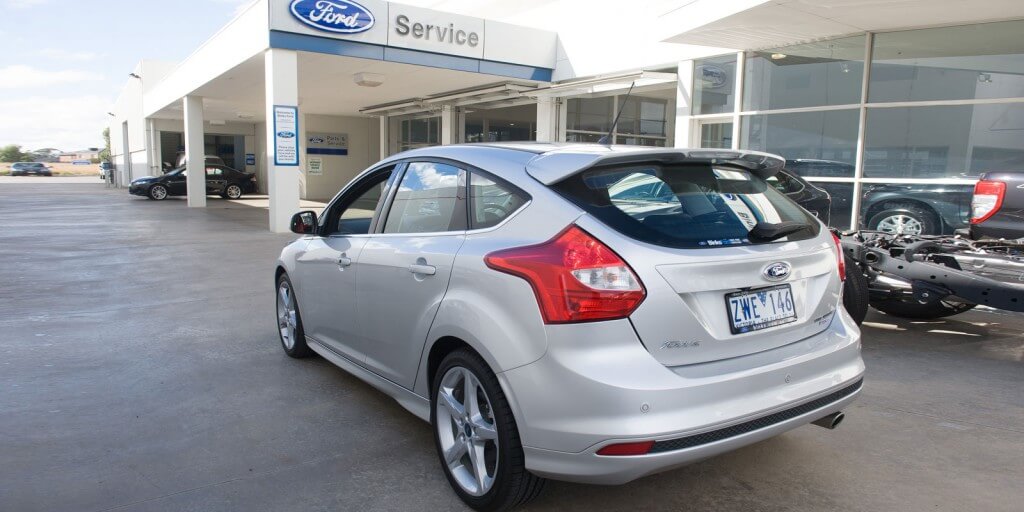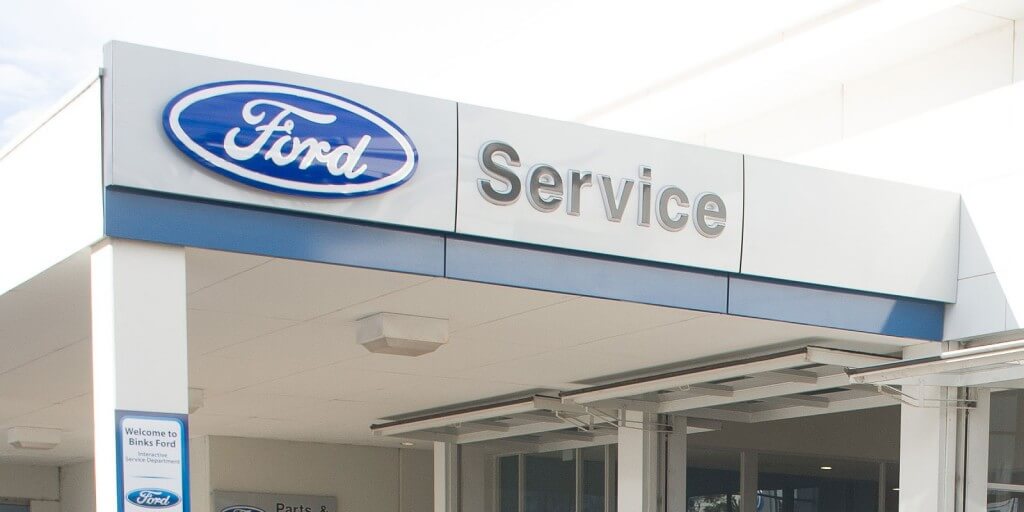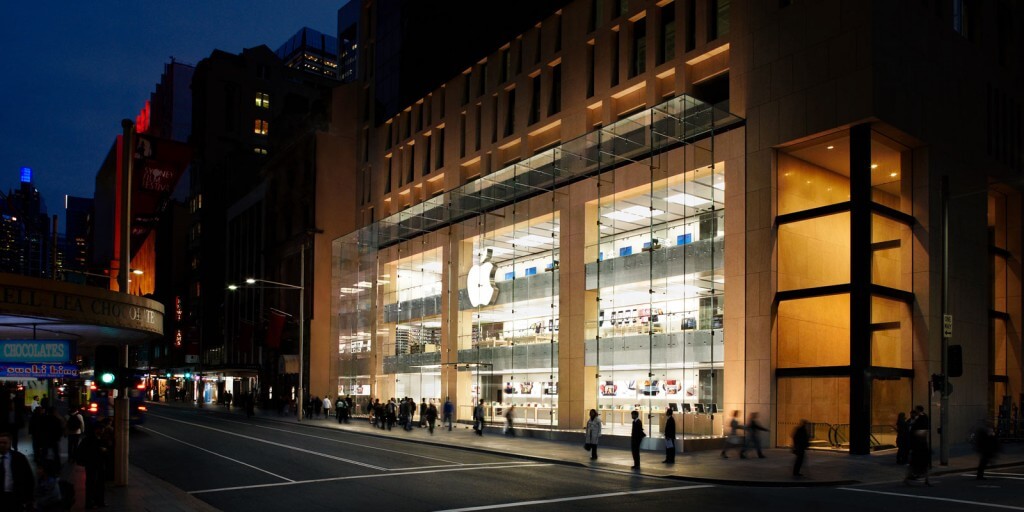Asked by GoAuto if the company thought it was capable of such a comeback, Ford Australia’s communications and public affairs manager Wes Sherwood said its transformation strategy was well underway but that “the figure of 10 per cent is not something we have in our plans”.
However, he added that dealers would have to plan for a Ford recovery that was not only about increasing market share but also to support Ford in its plans to focus on retail sales and on “transforming our dealerships to make it easier for our customers to buy and service vehicles with us”.
He said that an indicator of where Ford wanted to be in retail was along the lines of Apple stores.
Mr Sherwood said: “We want to earn the right to do more business with all customers. We are all positive and we have visions to grow, shown by a strong January.
“If we get this right, we will increase sales. It’s simple. But it is retail sales that are our priority.”
VFACTS figures released last week also show that Ford backed up its January sales result with a positive result in February, posting 6656 new registrations for the month – up 32.5 per cent compared to the same month last year, which puts it 17.2 per cent ahead in year-to-date terms.
All of the positive results are coming from its imported models, with the EcoSport, Kuga and Everest SUVs, Mondeo mid-sizer, Mustang sportscar and Ranger 4×2 and 4×4 utility underpinning the growth.
Its Australian-made cars – Falcon sedan and ute and the Territory SUV – are all well down this year before production grinds to a halt on October 7.
Notwithstanding significant investment in aftermarket areas of the business – which last year was extended to free loan cars during scheduled services – Ford has also found itself below the industry average in the independent JD Power and Associates Customer Service Index (CSI) Study every year bar one since it was first undertaken in 2010.
Mr Sherwood said Ford was aware there were “issues over decades” with products and customer service and these were not just in Australia.
“But we’ve jumped from the bottom half of the industry to near the top in sales and service satisfaction based on our internal data,” he said.
“The products certainly stand up. We feel we have a solid product range though there is still work to do.
“For example, at the moment there are missing pieces such as a Territory replacement that we have not announced yet.”

As GoAuto has reported, this is widely expected to be based on the latest Ford Edge, coming out of Canada. Mr Sherwood said Ford Australia was still examining brand placement at the dealership level and drew comparisons with the Apple stores.
“An Apple iStore is very good at drawing in customers,” he said.
“Compare that to a car dealership and there are big differences. Yet they are both retailing. We have drawn ideas from that type of presentation.”
Mr Sherwood said Ford Australia had seen improvements in customer satisfaction in sales and service and this was “sweeping across all aspects of the business”.
“For that reason we’ve been promoting dealer upgrades since last year and that will take time. We haven’t transformed all our dealerships as yet,” he said.
“Our dealers are optimistic. The move away from having a reliance on fleet sales means that dealers report that business is better.
“And this will help customers, too, because a better mix of retail sales generally leads to higher residual values for our customers’ vehicles.”
Mr Sherwood said that this change in customer base could initially hurt sales. The example is the entry-level Ford Focus – in one of the industry’s most cost-competitive segments – that has recently been dropped.
“That was a big volume decision for us,” he said. “But we have to build more value for customers and that includes looking after the private buyer.
“Things are going in the right direction.”
In 2015, Ford fell out of the top-five brands for the first time in its 55-year history as a domestic volume car-maker – indeed for the first time since it began assembling cars in Geelong in 1925.
After two months of trading this year, it has clawed its way back to fifth. Its February result saw it record a 2.1 per cent increase in market share compared with the same month in 2015, with its market share year-to-date now 6.7 per cent.
As well as strong results from passenger cars such as Mondeo, Kuga and Mustang, Ford’s imported light-commercial model range has performed well this year, the Ranger 4×4 outselling HiLux – and every other model in the segment – in January and placing second behind the Toyota last month.
The new Transit doubled its sales in February compared with the same period in 2015, lifting Ford’s LCV sales by 31.3 per cent year-to-date.
The SUV sector was similarly as buoyant for Ford with a 34.9 per cent year-to-date rise compared with 2015. Its market share is now 4.6 per cent compared with 3.4 per cent in February 2015.
The increase was led by significant gains by the compact EcoSport, midsize Kuga and new Everest.
Australia’s new-vehicle market has changed enormously in 30 years, but it is hard to overlook the fact that Ford’s 6.1 per cent market share in 2015 was a long road from its 29.25 per cent share in 1985.
By Neil Dowling














 Read More: Related articles
Read More: Related articles

